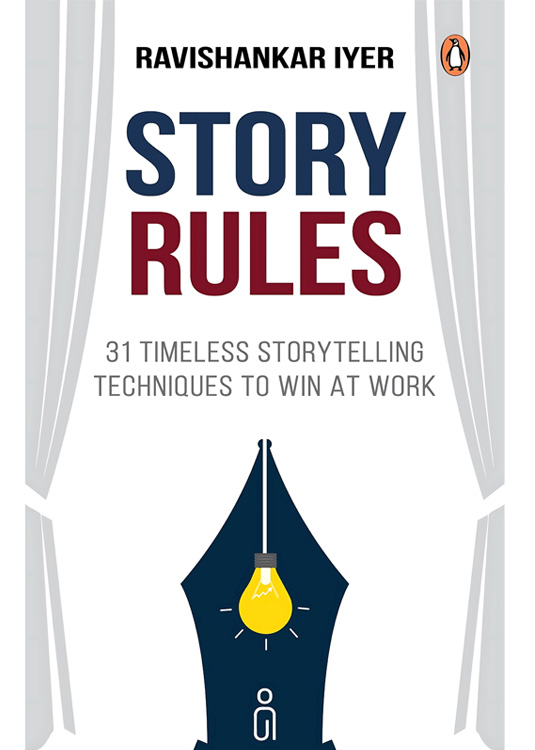Guest Column
How to Effectively Communicate Difficult News to the Board

The 54-year-old Bob Iger was preparing for an upcoming board meeting. And he was not happy.
It was October 2005. Bob Iger had just become the CEO of global entertainment giant Disney, taking over from the long-serving Michael Eisner. In preparation for his first board meeting, Iger had done some research on how Disney Animation — a core division of the company — was doing.
The news was not good:
- The division had lost nearly $400 million in the last decade even as competitor Pixar had enjoyed a stunning run of critical and commercial success.
- Pixar was also far ahead of Disney in terms of animation technology.
- Further, Pixar had surpassed Disney as a brand that mothers of kids under twelve thought of as ‘good for their family’.
The board was aware that Disney Animation was not doing well, but it would not have known the extent of the hole they were in. Iger wanted to give this tough message to his board in clear terms. He had the numbers from the financials and the brand research.
But he did not begin his presentation to the board with numbers. He began with a personal story.

A few weeks earlier, Iger had attended the big launch event of Disney’s latest theme park, the Hong Kong Disneyland. On a hot afternoon, Iger was standing with two of his colleagues (Tom Staggs and Dick Cook) as the famous opening parade came down on Main Street. Here’s how Iger described the scene to the board members[1]:
“Float after float passed by us. There were floats carrying characters from Walt’s legendary films: Snow White, Cinderella, Peter Pan and so on. And others with characters from the big hits of Michael’s first decade: The Little Mermaid, Beauty and the Beast, Aladdin and The Lion King. And there were floats with characters from the Pixar films: Toy Story and Monsters, Inc. and Finding Nemo. I turned to Tom and Dick and asked, ‘Do you guys notice anything about this parade?’ Nothing stood out to them. ‘There are barely any Disney characters from the last ten years,’ I said. We could spend months analysing what had gone wrong, but there it was, right in front of us. The movies weren’t good, which meant the characters weren’t popular or memorable, and that had significant ramifications for our business and our brand.”
After sharing this story, Iger told the board that Disney’s business depended on the creation of memorable characters. For a company with such a legendary creative history, the drought of the last decade was not a good sign. He then went on to make his radical proposal — that Disney should acquire Pixar. After the initial shock, the board members gave him a cautious go ahead. In just around six months, Iger managed to complete the historic acquisition.
That acquisition completely revived Disney’s fortunes. When Iger later reflected on his tenure at Disney, he called the Pixar deal ‘probably the best’ acquisition he made2. He credited Pixar with reviving Disney Animation’s fortunes, leading to several Oscar-winning blockbusters such as Frozen, Moana and Zootopia.
And it all started with a simple story that Iger shared with his board.
When communicating with the Board, respect their time and wisdom.

When communicating with the Board, respect their time, wisdom and keep some of these storytelling principles in mind:
- Be vulnerable and tell the truth, especially if there is bad news: Iger had been the company’s Chief Operating Officer since 2000, and some of the board members even pointed the finger at him for the difficult state of affairs. But Iger was willing to take that criticism and look ahead
- Share a clear path forward: Follow that up with a clear diagnosis and a well thought-through action plan
- Tell a story: Iger could have focused just on the dry facts and stats. But by starting with a clear and vivid story, he put his point across in a more memorable way for his audience.
The beauty of these techniques is that they’re universal — applicable across sectors (within corporates and nonprofits), functions and geographies. Of course, you’ll have to keep your audience objectives and context in mind and make required tweaks.
These principles feature in ‘Story Rules’, my book on storytelling techniques for leaders at work. Packed with over 300 compelling real-life examples from the world of work, this practical guide shows how successful leaders seize crucial communication moments — and win.
Sources:
1. Iger, Robert. !e Ride of a Lifetime: Lessons in Creative Leadership from 15 Years as CEO of the Walt Disney Company (p. 131). (Function).
Kindle Edition
2. ‘Bob Iger says Pixar was ‘probably the best’ acquisition he made during his tenure with Disney’. CNBC. Accessed from https://www.cnbc.
com/2021/12/21/disneys-bob-iger-says-pixar-was-probably-the-best-acquisition-as-ceo.html on 16 February 2025

About Ravishankar Iyer, Storytelling coach and consultant
Copyright © 2024 India Leaders For Social Sector
